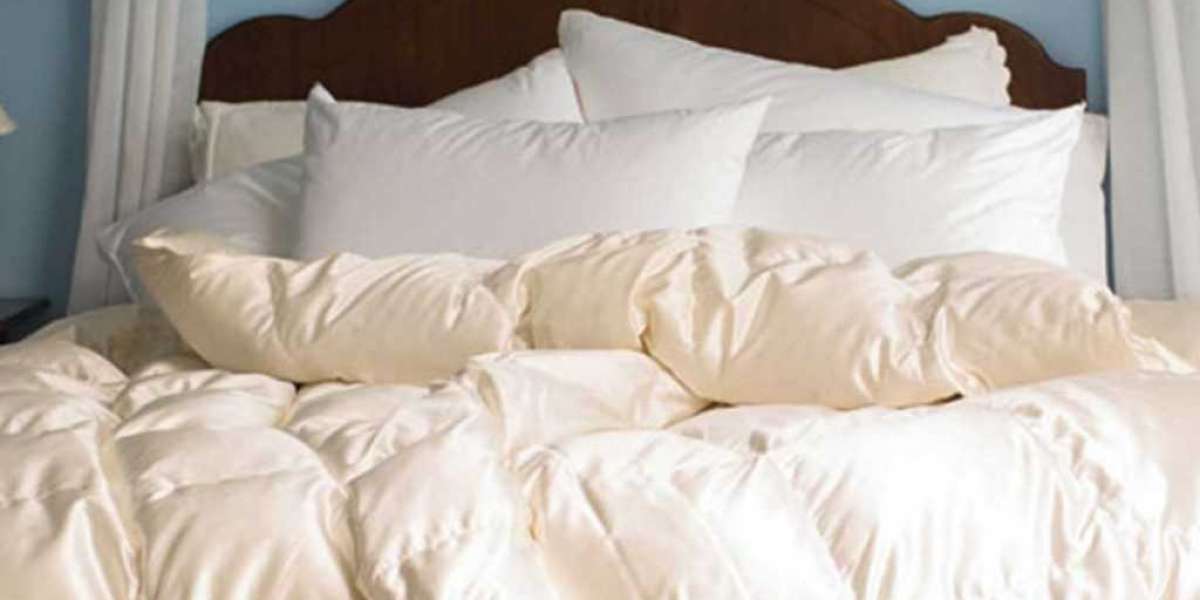One of the fundamental activities that our body needs to do correctly is sleep. We must get enough sleep for our general health and well-being. However, many people suffer from allergies or asthma, which can affect their quality of sleep. Hypoallergenic bedding, such as down alternative comforters, can help alleviate these symptoms and promote more restful sleep. Here, we will discuss the science behind hypoallergenic bedding, which entails its impact on sleep quality and the factors to consider.
What is Hypoallergenic Bedding?
Hypoallergenic bedding is specially designed to reduce the likelihood of allergic reactions. It is made from materials that are less likely to cause allergies or irritation. For example, down alternative comforters are made from synthetic fibers that mimic the softness and warmth of down without triggering allergies or asthma. These materials are also easier to clean and maintain than traditional down comforters.
How Does It Affect Sleep Quality?
Hypoallergenic bedding can have a significant impact on sleep quality. Allergies and asthma can cause a range of symptoms that disrupt sleep, such as coughing, sneezing, and difficulty breathing.
In addition, hypoallergenic bedding can also regulate body temperature and provide optimal comfort. Down alternative comforters, for example, are designed to be lightweight and breathable, which helps regulate body temperature and prevent overheating. You can also get hypoallergenic sheets to help promote a more comfortable and restful sleep.
The Science Behind Hypoallergenic Bedding
The effectiveness of hypoallergenic bedding is based on the science of allergens and how they affect the body. Allergens are substances that trigger allergic reactions, such as dust mites, pet dander, and pollen. When these allergens come into contact with the body, they can cause the immune system to overreact, resulting in a range of symptoms.
Hypoallergenic bedding is designed to reduce exposure to these allergens. For example, down alternative comforters are made from synthetic fibers that are less likely to attract dust mites and other allergens. They are also easier to clean and maintain, which helps reduce the buildup of allergens over time.
When choosing a hypoallergenic comforter, there are several factors to consider. First, consider the materials used in the comforter. Look for synthetic fibers that are designed to mimic the softness and warmth of down without triggering allergies or asthma.
Next, consider the weight and fill power of the comforter. Higher fill power means that the comforter will be more insulating and warmer. However, a heavier comforter may not be suitable for warmer climates or for those who tend to sleep hot.
Finally, consider the thread count and construction of the comforter. A higher thread count typically indicates a softer and more durable comforter.
Conclusion
By reducing exposure to allergens and regulating body temperature, hypoallergenic bedding can help promote a more restful and comfortable sleep. When choosing a hypoallergenic comforter along with hypoallergenic pillows, consider the materials, weight, and construction to find the best option for your needs. For such quality sleep, consider Sleep Beyond, which offers a range of hypoallergenic bedding options.
This article was originally published by penzu.com. Read the original article here.








